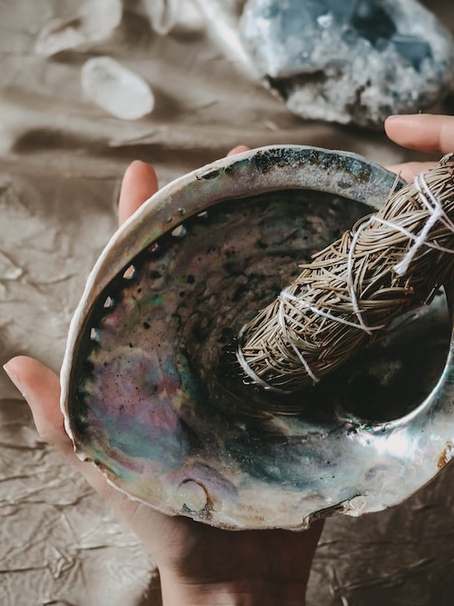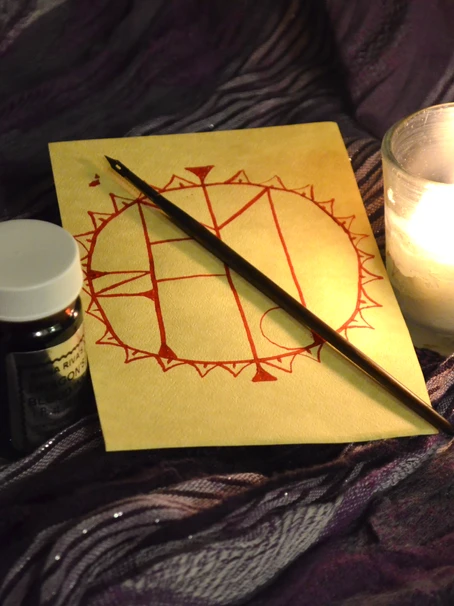
A New Witch’s Introduction to Casting Spells and Using Spell Kits
Did you know that spell-casting is one of the oldest spiritual practices in the world? That’s right! Ancient civilizations dating back to the first millennium

Wicca is a modern, nature-based religion that emerged in the mid-20th century. Its origins are complex and disputed, but Wicca is generally considered to have emerged out of a combination of various pagan and occult traditions, including elements of Western ceremonial magic, folk magic, and British folk traditions.
One of the most significant figures in the development of Wicca was a man named Gerald Gardner, who is often referred to as the “father of Wicca.” Gardner claimed to have been initiated into a coven of witches in the New Forest region of England in the 1930s, and he later wrote several influential books on the subject of witchcraft and magic. Gardner’s version of Wicca, which he called “Gardnerian Wicca,” emphasized the worship of a horned god and a goddess, the use of magic, and the celebration of seasonal cycles and lunar phases.
Wicca differs from other forms of witchcraft in several ways. Wicca is a recognized religion with a defined set of beliefs and practices, while witchcraft can refer to any number of magical practices and traditions. Wiccans generally worship a goddess and a god, and they often celebrate the cycles of the moon and the changing of the seasons. Wiccans also place a strong emphasis on personal responsibility, self-improvement, and the pursuit of spiritual growth.
Wiccans celebrate eight annual Sabbats, which mark the changing of the seasons and the cycles of the moon. These Sabbats are typically celebrated with rituals and feasts, and they often involve the use of candles, incense, and other ritual tools. The Sabbats include:
Wiccans also use tools like crystals, tarot cards, and pendulums in their divination and spellwork, and they may perform rituals for specific purposes like healing, protection, or prosperity.

Did you know that spell-casting is one of the oldest spiritual practices in the world? That’s right! Ancient civilizations dating back to the first millennium

In the realm of majick and spellwork, sigils stand as powerful tools of manifestation and intention. These mystical symbols, crafted with intention and purpose, have

No ritual is complete without spell-casting! The practice of casting spells has been around for centuries. Many indigenous cultures continue to cast spells using their
I love these products! They come quickly and are well packaged! The Euphoria Oil smells amazing! Will be buying from this store again
The Euphoria ritual oil smells amazing! Everything came very well packaged especially from this oncoming summer heat.
Loving the prices! Some of the bundles are a little more than I can do right now but, for the most part I am truly pleased with my birthday present(s)
I absolutely LOVE these earrings! Items shipped fast, and were well packaged. I even got a a sample of body oil with purchase!
The packaging was beautiful! Instructions were easy to understand. I haven’t seen any results as of yet as I have only completed one ritual, but i can tell by the energy from it that it will work!





Subscribe to our newsletter and get in touch with the latest updates.
Welcome to Moonstruck Majick! We are an online boutique that supplies the witching world and alternative spirituality practitioners with ritual and spell supplies, curated from artisans across the United States.
© Copyright 2023 Moonstruck Majick . All Rights Reserved
© Copyright 2023 Moonstruck Majick . All Rights Reserved